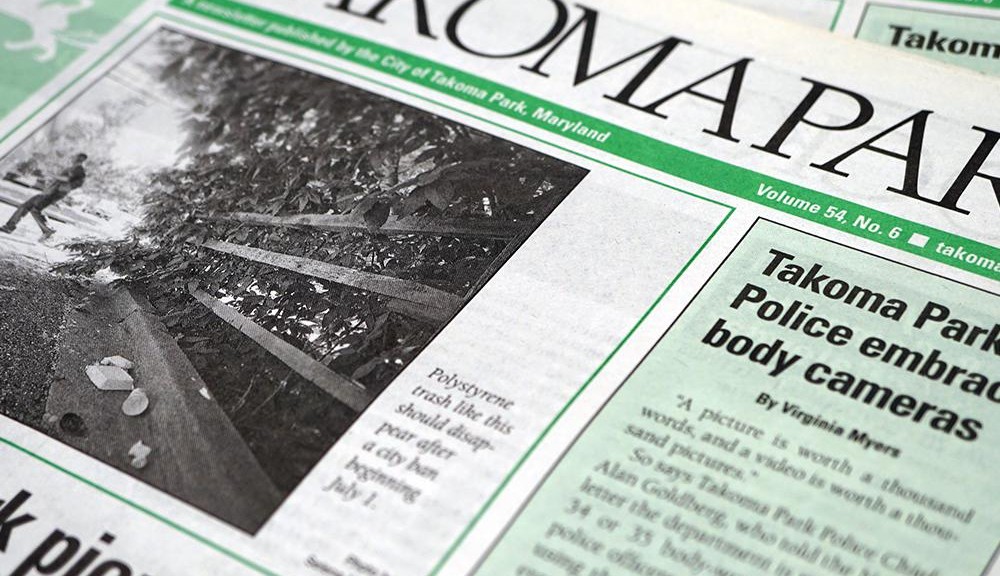If you’ve looked for a book in the Library catalog or checked the status of your Library account in the past week or so, then you know that we’ve made some big changes.
All of these changes stem from our switch to new library software: Koha, hosted and supported by ByWater Solutions. Koha is an open source system used extensively in Europe, South America and Africa, as well as the United States. And, of course, in New Zealand, where it originated. Koha is a Maori word for gift.
We hope you like it.
What does this transition mean? Not only is the catalog prettier, you can do a lot you couldn’t do with the old one. It includes book cover photos and reviews. It allows users to narrow their searches to available titles, a particular genre (like books, CDs or e-books), and juvenile or adult titles.
Library users can also create reading lists, comment on books they have read, establish privacy settings and more easily access and manage their own Library accounts with the new software. Eventually, you will be able pay your fines remotely, using PayPal. And there are videos that introduce you to each function.
You might want to start by looking at your own account in our new system. Just click on the “My Account” button at the top left of the Library’s main website. Or go to the “log in” link at the bottom of the page. Either will get you to the right place.
You’ll then be asked for your user ID – that’s your library card number – and then your password. Normally, this is the month and day of your birthday, mmdd, and it has to be four numbers, so add a leading zero if you need to (i.e. if your birthday is Jan. 1, you would put in 0101).
Once you’re into your account, you can find a list of what you’ve got checked out – and when they’re due back — by clicking “your summary.” To see what fines you owe, click on “your fines.”
If you want to update your address or phone number or email, click on “your personal details.” In addition, you can determine how long the Library keeps your reading history by going to “your privacy.”
By clicking on “your messaging,” you can decide how often you want to get emails showing when items you’ve checked out are due back. Be sure to choose “digest only” where it is available to ensure that information about the items you’ve checked out is pulled together into one email.
Library users can also personalize their reading experience in several new ways in the Koha catalog. For example, you can create lists of books that you’ve read – or want to read – by clicking on “your lists.” To request that the Library purchase a particular item, click on “your purchase suggestions,” complete the online form, and then submit it.
In addition, you can comment on a book by following a two-step process. First, find the book in our catalog and then click on it. Under the basic information about the book, click on the “comments.” You’ll be prompted to log into your account, then you’ll need to find and click on the book in the catalog once more before typing in your comment. Once your comment is approved by library staff, you’ll see it in the catalog.
We hope that you will spend some time discovering all the great new features of our Koha catalog. If you have any questions, we’re happy to answer them; you also can check out the brief but informative videos about Koha. Let us know what you think!
This article appeared in the August 2015 edition of the Takoma Park Newsletter. The Takoma Park Newsletter is available for download here.

